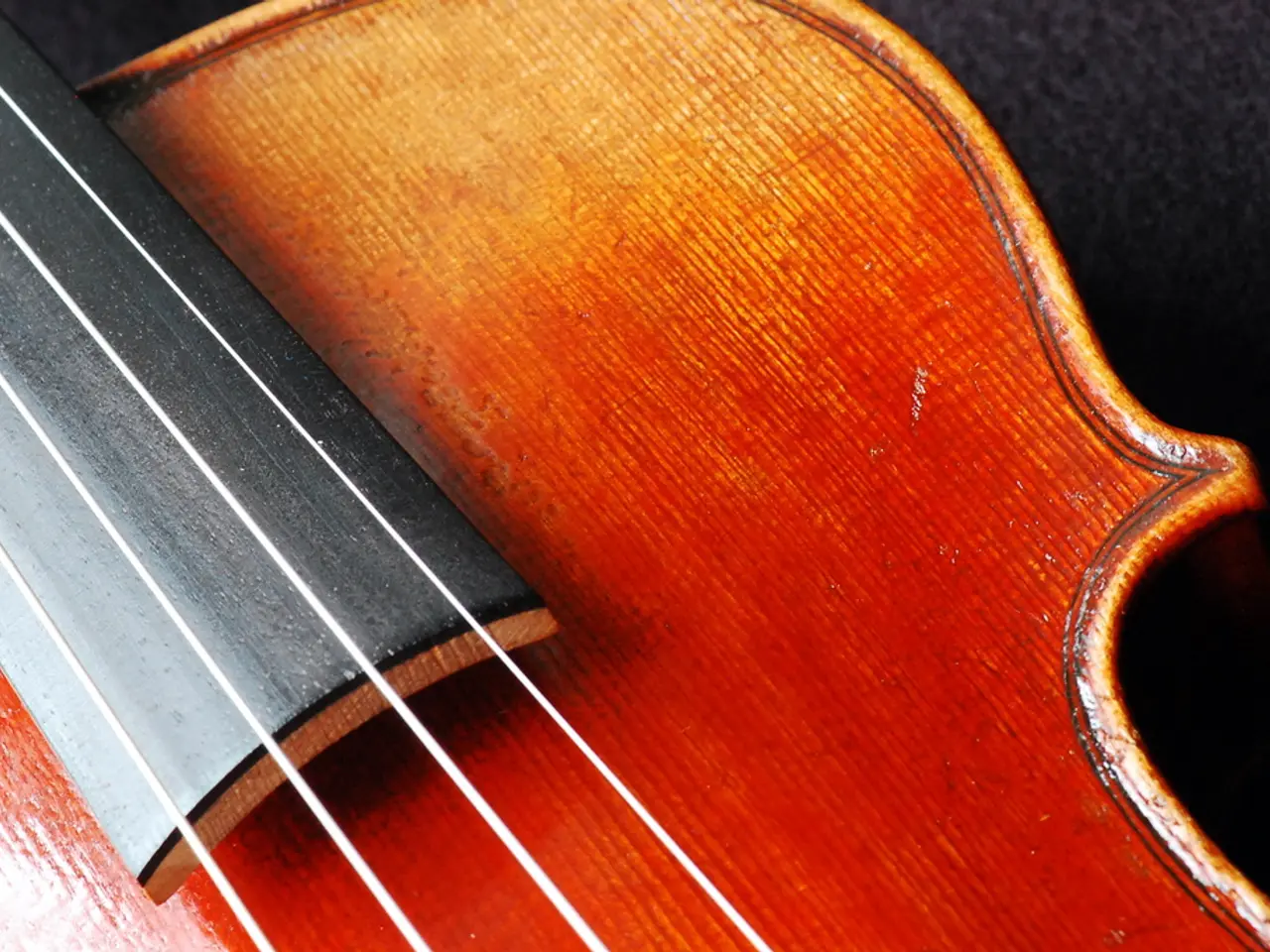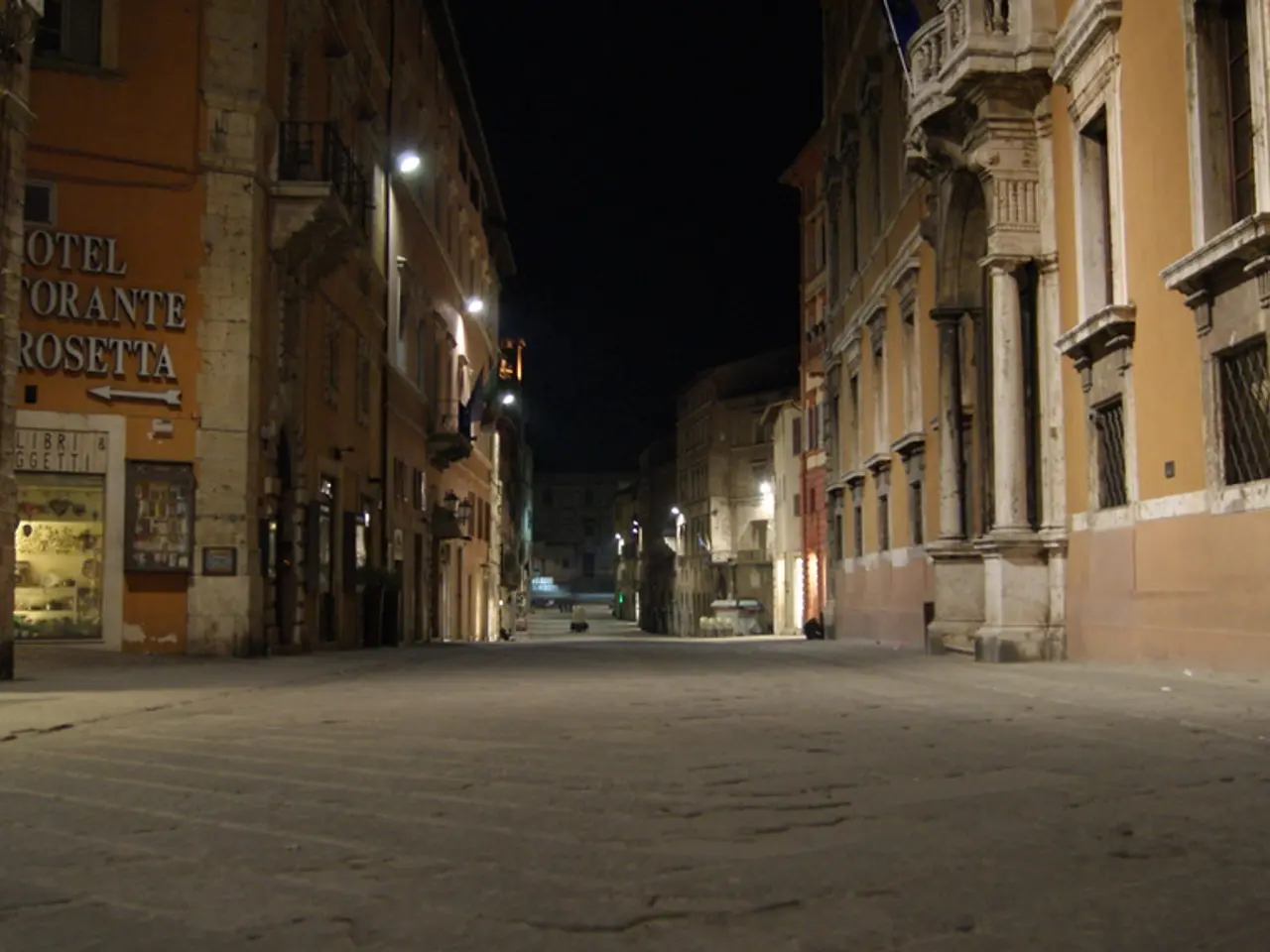"Prohibited attire for swimming: my adoption of nudity in the Finnish tradition"
In the heart of Finland, the sauna has long been a cherished tradition, intertwining relaxation, social bonding, and a deep respect for cleanliness. This cultural practice, deeply ingrained in Finnish society, is more than just a physical cleanse; it's a sacred ritual that promotes community and well-being.
The Finnish sauna experience is unique, with nudity being the norm and culturally accepted. It is considered unhygienic and impedes sweating, which is essential for the sauna's cleansing process, to wear swimsuits. Before entering the sauna, it is compulsory to shower thoroughly to maintain the cleanliness of the environment for all users.
Hygiene practices extend beyond the shower. Sitting on a towel to avoid direct contact with the bench and using birch whisks to gently beat the skin are traditional rituals that stimulate circulation and exfoliation. The typical Finnish sauna temperature ranges from 70 to 100°C with low humidity that spikes temporarily when water is thrown on hot stones to create löyly, an artful ritual that represents the soul of the sauna.
The sauna experience is also strongly social and ritualistic. The classic Finnish sauna follows cycles (kierros) where people spend 10-15 minutes in the heat, then cool off outside by showering, swimming, or resting, repeating the heating and cooling phases 2-3 times. These cooling breaks provide natural moments for conversation and social bonding, balancing health benefits with relaxation and cultural respect.
In Finland, saunas are not just confined to dedicated establishments. Every house and apartment block often houses a sauna, making it an integral part of daily life. The scent of wood, a soothing aroma in the sauna, adds to the overall ambiance.
The Finnish sauna etiquette expects nudity, strict pre-sauna hygiene, respectful behavior during the löyly steam rituals, and a social flow of heating and cooling cycles that together foster a strong sense of community and tradition. Conversation is encouraged in the sauna, but it should be kept quiet to avoid disturbing others. Throwing water on the stove without permission is not allowed, and those who are sweating it out on the top step, the hottest at 90°C, control the steam.
In Helsinki, Finland, some public saunas require nakedness and prohibit swimming costumes. Saunas have been shown to provide numerous health benefits, including reducing the incidence of cold, flu, and clearing sinuses for those suffering from hay fever. Even the President of Finland, Sauli Niinistö, has been known to discuss important matters in sauna temperatures.
One such establishment is Kotiharjun Sauna in Kallio, one of the city's oldest sauna establishments, which still uses a wood fire for heat. Here, everyone engages in conversations with no self-consciousness, making being naked a natural thing. Personal topics such as childhood memories, past relationships, plans, worries, hopes, and world order are often discussed in the sauna.
In conclusion, the Finnish sauna is more than just a place to relax and cleanse. It's a cultural tradition that fosters community, promotes well-being, and provides a unique social experience. After a sauna session, it's customary to cool down by stepping out onto the street, integrating sauna breaks into daily life. For the Finns, the sauna is a sacred ritual that transcends the physical realm, touching their very soul.
In a lifestyle blending tradition and wellness, fashion-and-beauty takes a backseat to the robust texture of towels and birch whisks in a Finnish home-and-garden setting. Sewing threads are seldom heard, replaced by the rhythm of water splashing on hot stones, creating an aroma of wood and the oderous essence of a deeply rooted cultural practice.




